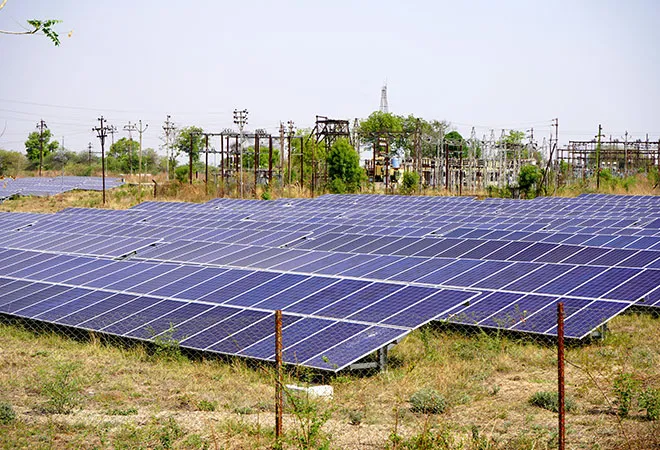Recently, the Union Ministry of Power released a draft National Electricity Policy 2021. The first objective of the policy refers to transition to clean and sustainable energy generation which aligns with the global agenda on climate ambitions and energy transition.
Now, more than ever before, the energy transition goals in India have a much more concrete shape and goal. The targets, initially in the form of Sustainable Development Goal (SDG) 7, have transformed into newer ones with a focus on achieving renewable energy targets of ‘175 GW by 2022’ and ‘450 GW by 2030’.
Without doubt these targets are ambitious, and have caught the attention of the global community. However, they also raise questions: Are these targets scientific? Were these a result of expertise-driven assessments? What are the environmental and socio-economic rationale behind setting these targets?
There are deeper concerns as well.
Is it ethical to give this transition a ‘green’ tag merely because it seems to be a noble environmental effort? What about the livelihood of close to 1.2 million people employed in coal mines? What about the coal economies and societies thriving on mining and related operations? Will any of estimated $1.4 trillion required for financing this energy transition be used to actually uplift lives?
If anything, the pandemic has sternly reminded us the drastic adverse impacts of ignoring vulnerable and precarious sections of society.
It is here that the importance of the concept of ‘just transition’ kicks in. It originally started as a strategy to voice the concerns of coal workers with the underlying principle being ‘justice amidst transition’.
The way things stand now, there is a high probability that India’s energy sector would not witness just transition. The lexical composition of ‘just transition’ resembles certain other such developmental paradigms such as ‘sustainable development’ and ‘inclusive growth’. Interestingly, both these concepts gained significance because ‘sustainability’ and ‘inclusivity’ were ignored in the prevailing theories of economic development and growth. The fact that the core essence of these attributes was known, yet they were ignored in practice and now have become popular phrases used by researchers and policy-makers, is a dangerous precedent.
The lexical composition of ‘just transition’ resembles certain other such developmental paradigms such as ‘sustainable development’ and ‘inclusive growth’. Interestingly, both these concepts gained significance because ‘sustainability’ and ‘inclusivity’ were ignored in the prevailing theories of economic development and growth
Just transition in the energy sector should be more than it simply becoming yet another fancy phrase. First, the conventional economic assumption that humans are rationale entities driven by self-interest must be kept aside. This is true for energy transition as well, where the obvious interest of stakeholders in the coal sector is at loggerheads with the renewable energy sector.
However, there are behaviours and motives that can converge to facilitate a just transition. These might be willingness to shift to an environmentally-better future, to better rewarding jobs, or a better life. This shared goal should not be an outcome of a ‘wise compromise’ among the conflicting interests of stakeholders, but one that is collectively co-created.
Second, in order to devise a shared goal and align efforts aimed at reaching that goal, there is a need to discontinue with linear and exclusionary ways of thinking. Defining a target of renewable adoption is not just a transaction between the government and power companies, but there is a complex system at stake here. Thus, a systems view that captures such latent motives and the skewed power dynamics therein is required, instead of a linear, winner-takes-all approach.
Third, certain metrics and goalposts need to change. The measure of a successful energy transition must go beyond statistics of installed capacity of renewables, investments and number of jobs. While these are important, the face of the transition should become the lives, livelihoods and well-being of the economy.
Finally, policies should be questioned beyond their text and estimated benefits.
All of this requires a fundamental change in the way the public are perceived while decisions are made. As long as they remain mere beneficiaries and not participants in the process, our policy-makers will continue on the current path where the public are told what is good and bad for their lives. Instead, policies should be designed by listening to voices from the ground so that such transitions can truly be of the people, for the people and by the people.
This commentary originally appeared in Money Control.
The views expressed above belong to the author(s). ORF research and analyses now available on Telegram! Click here to access our curated content — blogs, longforms and interviews.




 PREV
PREV



